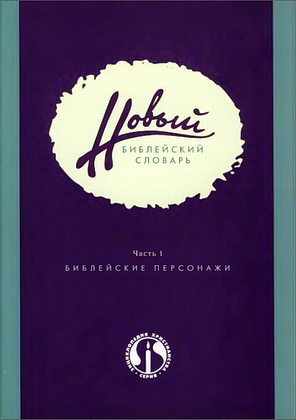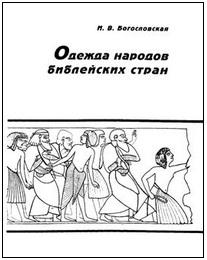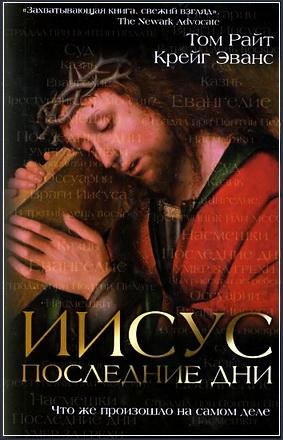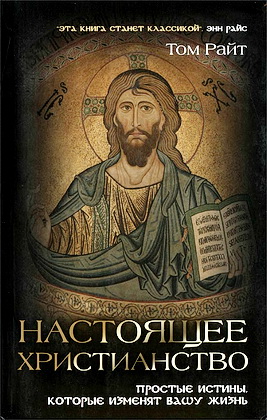
Flusser - Judaism of the Second Temple Period - Volume 2

Clearly, in these conditions there developed a tendency to believe that God is merciful not only toward the righteous, but toward the sinners as well, so if a man wishes to be like God, he too must be merciful toward all people. A similar view is found in §207, in response to the king's question "What does wisdom teach?": "Insofar as you do not wish evils to come upon you, but to partake of every blessing, it would be wisdom if you put this into practice with your subjects, including the wrongdoers, and if you admonished the good and upright also mercifully." Scholars have noted that the passage alludes to the "golden rule."
David Flusser - Judaism of the Second Temple Period - Volume 2 - The Jewish Sages and Their Literature
Wm. B. Eerdmans Publishing Co, Grand Rapids,MI,
The Hebrew University Magnes Press, Jerusalem, Israel
Jerusalem Perspective, Jerusalem, Israel
2009 - 315 pp.
ISBN 978-0-8028-2458-5
David Flusser - Judaism of the Second Temple Period - Volume 2 - Contents
- Foreword
- Acknowledgments
- 1. Daniel and the Book of Daniel
- 2. Judaism in the Second Temple Period
- 3. Jerusalem in Second Temple Literature
- 4. The Image of the Masada Martyrs in Their Own Eyes and in the Eyes of Their Contemporaries
- 5. "What Is Hanukkah?": The Historical Setting of the Hasmonean Temple Dedication
- 6. Did the Jewish People Obscure the Memory of the Maccabees in the Middle Ages?
- 7. "Love Your Fellow Man"
- 8. "But Who Can Detect Their Errors?" (Ps 19:13): On Some Biblical Readings in the Second Temple Period
- 9. The Decalogue and the New Testament
- 10. "Who Sanctified Our Beloved from the Womb"
- 11. "He Planted It as Eternal Life in Our Midst"
- 12. Hillel the Elder and His Trust in God
- 13. HilleI's Moderation
- 14. Philo of Alexandria
- 15. Josephus on the Pharisees and the Stoa
- 16. "Which Is the Straight Way That a Man Should Choose for Himself?" (m. Avot 2.1)
- 17. Martyrology in the Second Temple Period and Early Christianity
- 18. Jewish Messianism Reflected in the Early Church
- 19. Nadab and Abihu According to Philo and the Rabbis
- 20. Virgil the Wizard in an Ancient Jewish Narrative
- 21. Januris — Janus
- 22. Anti-Jewish "Blood Libels" in Light of Hellenistic Worldviews
- 23. "Have You Ever Seen a Lion Toiling as a Porter?"
- 24. An Ancient Hebrew List of Second Temple High Priests
- 25. Who Is the Ruler of Gennesar?
- 26. Anti-Jewish Sentiment in the Gospel of Matthew
Index of Names
Index of Subjects
Index of Sources
David Flusser - Judaism of the Second Temple Period - Volume 2 - Judaism in the Second Temple Period
I. The Sources
One of the main obstacles to understanding the religious and spiritual life of Second Temple Judaism is the varied nature of the historical sources. The different cultural background of the sources makes it difficult for the individual scholar to deeply investigate the different genres, especially since the differences in the sources often reflect the different social context of their authors.
The most important source, the writings of Josephus Flavius, is, in this regard, itself a composite source. First, because Josephus preserves the views of foreign authors who write about the Jews from without. Second, he made use of Hellenistic-Jewish sources and even came to accept some of their positions. Third, he reflects the ideas and beliefs of his Jewish environment, that is, of the sages; and fourth, his audience is non- Jewish and he presented his material in a way that they could understand. The situation is similar with the Greek and Roman scholars who discussed the Jews: even if they were not influenced by anti-Semitism, they certainly could not acquire a deep understanding of Jewish thought.
The Jewish-Hellenistic corpus, whose main (but not sole) representatives are Philo and the author of the Wisdom of Solomon, represents an admixture of authentic Jewish content and selected Greek ideas. In this regard, the Jewish-Hellenistic writings are peripheral to the issues at hand.
The same can almost be said of the apocryphal books, those that were not included in the Jewish canon. Most of this literature is rooted in apocalyptic circles that do not reflect the views of mainstream Judaism. Some of the apocryphal texts — Jubilees, 1 Enoch, the Testaments of the Patriarchs — emerged out of the same spiritual and religious movement as the Qumran community. Most scholars identify the Qumran sect with the Essenes, a group attested in the writings of Josephus and Philo. The Qumran writings, the Dead Sea Scrolls, are, then, sectarian in nature and reveal only certain aspects of Second Temple Judaism.
Similar considerations hold for the New Testament. Though the texts collected in the New Testament are a valuable source for understanding the religious life of the day, they are, after all, the religious expression of a Jewish sect that would eventually break away from Judaism.
An important source for the study of the religious ideas of the Second Temple period is the Wisdom of Ben Sira (or Sirach), which was composed around the year 180 b.c.e. But even this book, which is in no way sectarian, represents the views of a single, tentative man, who belonged to clearly-defined social circles.




Комментарии (2 комментария)
спасибо
Д. Флуссер - довольно известный израильский автор, к-го (как в данном случае) печатают даже консервативные христиане. Т. 1 есть в сети в пдф, распознанный текст. Оба тома - сборники статей разных лет, что облегчает поиск материалов. Я часто цитирую его книги.